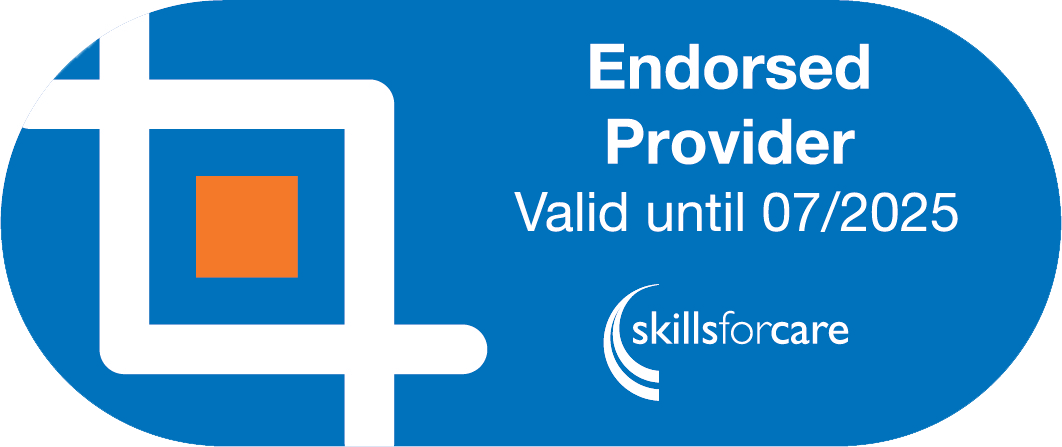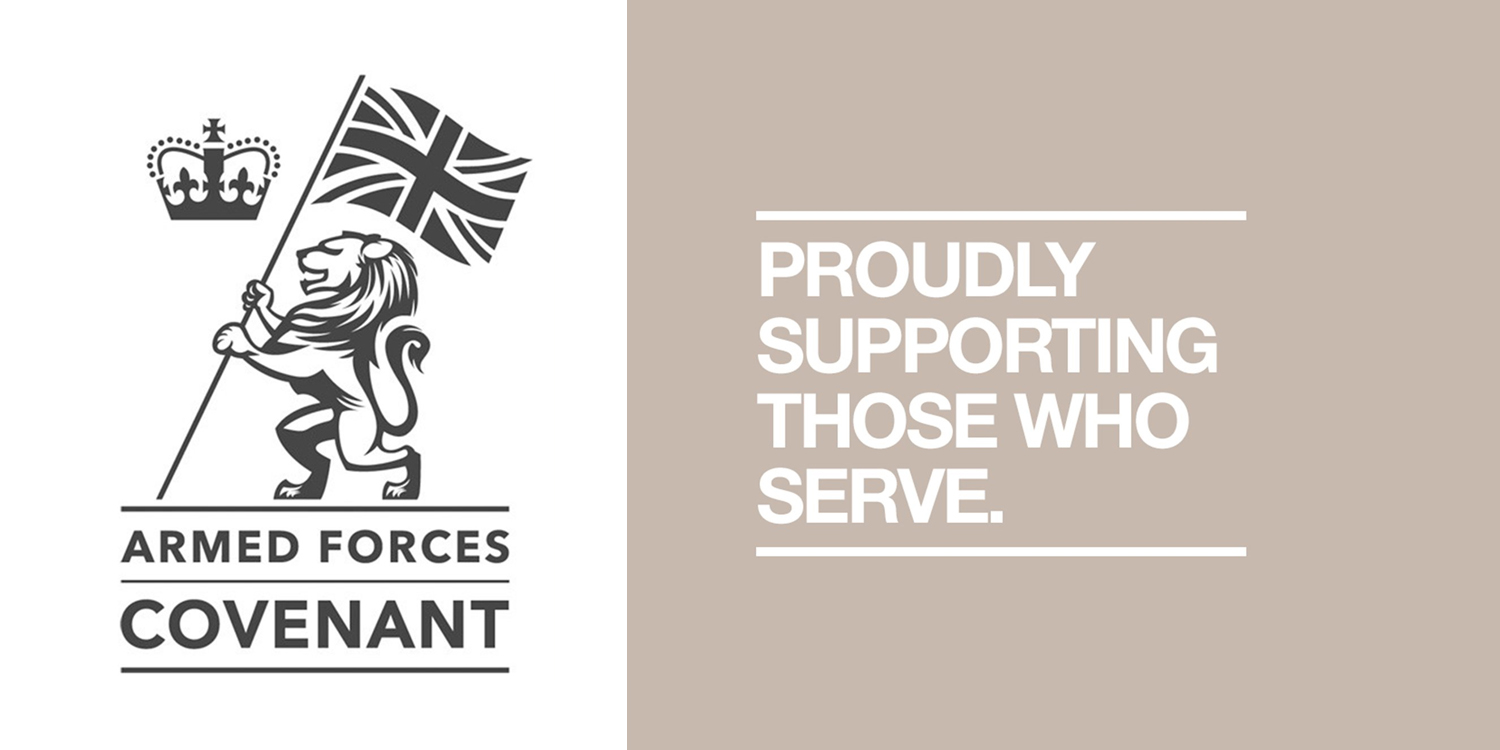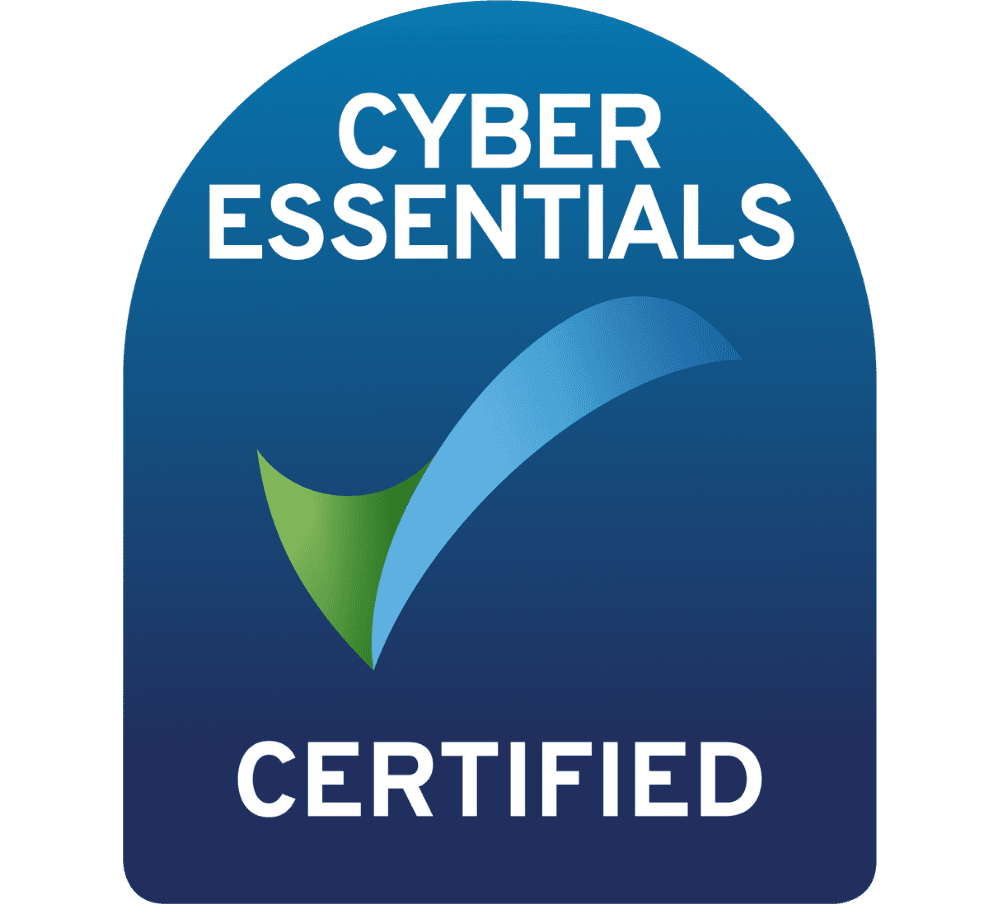Strokes are a serious medical emergency that can have devastating consequences if not promptly recognised and treated. Every minute counts when it comes to stroke care, as timely intervention can significantly improve outcomes and reduce long-term affects. Below you can learn the essential signs and symptoms of strokes.
Understanding Strokes: A stroke occurs when the blood supply to the brain is interrupted or reduced, depriving brain tissue of oxygen and nutrients. This can happen due to a blockage in the blood vessels (ischemic stroke) or the rupture of a blood vessel (hemorrhagic stroke). Strokes can cause a range of symptoms depending on the part of the brain affected, but they often manifest suddenly and require urgent medical attention.
Recognising the Signs:
- Facial Drooping: One of the most common signs of a stroke is sudden weakness or drooping on one side of the face. Ask the person to smile; if one side of the face droops or appears uneven, it could indicate a stroke.
- Arm Weakness: Another hallmark sign of a stroke is weakness or numbness in one arm. Ask the person to raise both arms; if one arm drifts downward or feels weak, it may be a sign of a stroke.
- Speech Difficulty: Slurred speech, difficulty speaking, or trouble understanding speech are common symptoms of a stroke. Ask the person to repeat a simple phrase; if their speech is slurred or incomprehensible, it could indicate a stroke.
- Sudden Numbness: Sudden numbness or weakness in the face, arm, or leg, especially on one side of the body, may be a sign of a stroke. This sensation may be accompanied by confusion, dizziness, or difficulty walking.
- Vision Problems: Blurred or double vision, sudden loss of vision in one or both eyes, or difficulty seeing out of one eye may indicate a stroke. Vision problems often occur suddenly and without warning.
- Severe Headache: A sudden, severe headache, often described as the worst headache of one’s life, can be a sign of a hemorrhagic stroke caused by a burst blood vessel in the brain. This type of stroke requires immediate medical attention.
Acting Swiftly: If you suspect that someone is having a stroke, it’s essential to act quickly. Remember the acronym FAST:
- Face: Ask the person to smile and check for facial drooping.
- Arms: Ask the person to raise both arms and look for arm weakness.
- Speech: Ask the person to repeat a simple phrase and listen for slurred speech.
- Time: If you observe any of these signs, call emergency services immediately and note the time when symptoms first appeared.
Recognising the signs of a stroke and acting swiftly can save lives and prevent long-term affects. By understanding the common symptoms of strokes and remembering the FAST acronym, you can play a crucial role in ensuring that stroke patients receive the prompt medical care they need. Time is of the essence when it comes to strokes, so don’t hesitate to seek help if you suspect someone is experiencing a stroke.








